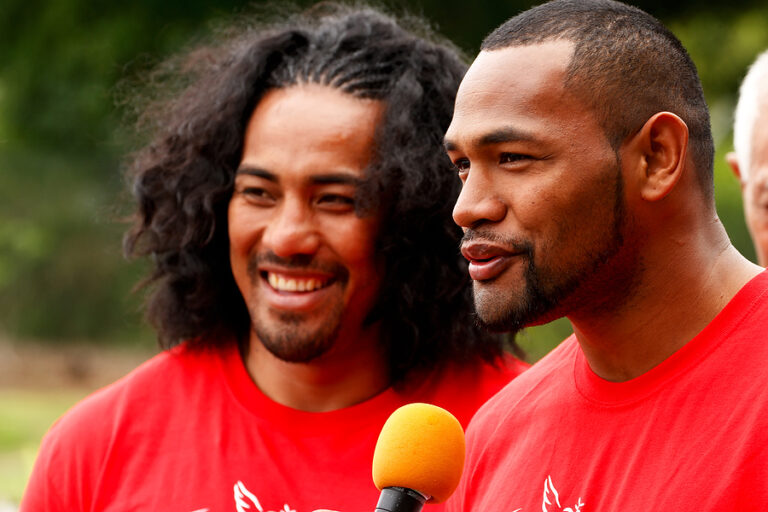Young professionals already understand the benefit of being digitally savvy for their career path. Being exposed to online portals is part and parcel of their lifestyle, giving them an advantage over their older counterparts in the commercial space. Yet there are workers who are looking for progression and new opportunities who might not have that awareness and confidence.
There are employers who will be happy to engage educational programs to bring others up to speed, but there are roles that require this expertise to be part of the package. Whether it is the use of desktops and laptops to tablets or phones, organisations have already transitioned to becoming digital enterprises at all levels of their department.
It is essential for participants to be digitally savvy in the 21st century for their work commitments because this is the trend of commercial operations. No matter what sector they are based in, from retail to IT development, real estate, agriculture or manufacturing, being able to use digital devices and platforms is not just a beneficial feature but a mandatory requirement. Approximately 4.5 billion people have been deemed to use the web in some shape or form as of 2020, illustrating that the constituency for online content and information is accounting for more than half of the planet. Employers recognise that their staff have to be up to date on these measures because their clientele and commercial partners will expect expertise on this count.
While the 4.5 billion figure offers a macro examination of this field, it is the commerce that occurs with smartphone devices that requires special attention. Customers and staff members will be utilising apps and websites through their handheld device, making enquiries, creating orders and reading up on stock lists and opening hours. There is approximately 5 billion mobile devices in operation, outlining how important it is for professionals to be across their digital responsibilities.
There is a social skill component for those workers who want to be digitally savvy moving forward. Without a clear understanding for what type of content is feasible, what is sensitive and what violates terms and conditions of use, it is fundamental to learn about socially acceptable forms of online communication and sharing information. There is always the threat of data falling into the wrong hands or being the victim of hackers, an event that can be the downfall of an entire enterprise. Participants need to know about the content they are sharing on the web and how to engage smart security measures that lowers the risk of exposure.
Professionals should consider themselves digitally savvy if they want to make themselves an attractive proposition to prospective employers. The nature of a full-time role in the 21st century can include a range of titles that has some form of an online component. This will feature email, mobile, social media, SEO, analytics, planning and beyond. If there is a blind spot in this domain and a lack of attention paid to the field, then other candidates suddenly become preferable.
People who are digitally savvy in their field have the capacity to be critical thinkers. No matter what role they happen to find themselves in, there will be different websites and sources of information that might not be trustworthy. Having that instinct, especially for researchers, is a major benefit for their profession. In an environment where statements, press releases and actions are determined by reported events and collecting sets of data, assessing what is authentic and what requires further examination is a key skill.
It is expected that professionals who are putting their names out there will be literate with digital applications. The good news is that there is plenty of educational materials and programs to use to bring people up to speed. Once they feel comfortable with these tools, they can combine their other skillsets with online expertise.










